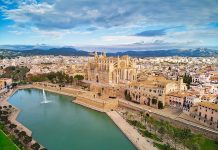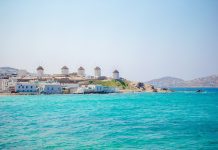Let us introduce you to Doñana, one of the most important natural paradises in Europe:
From a hunting ground to a National Park
For centuries, nobles and kings considered the forests and marshes of the Guadalquivir River mouth as one of the best hunting areas in Spain. In the nineteenth century it began the great transformations in the marsh, in the course of which most of it was transformed into farmland. In the late 60s, a group of scientists and naturalists saw the result of all their efforts when a part of Doñana was finally protected under the name of national park. Since then this natural area has been accumulating awards and today is considered one of the most important nature reserves in Europe, and in 1994 it became UNESCO World Heritage.
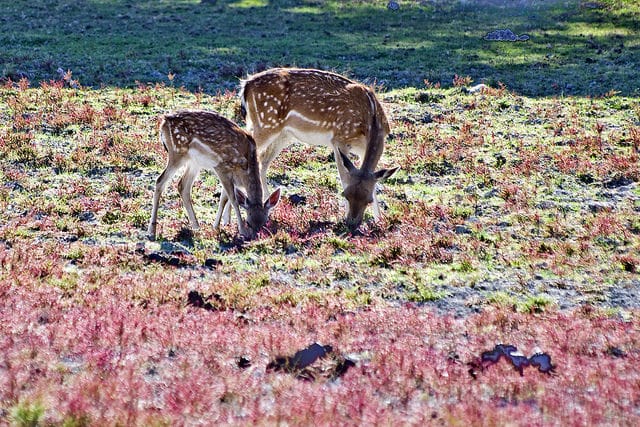
Between two worlds
Located at the mouth of the Guadalquivir River (on the southwest coast of Andalucia), Doñana belongs to Europe, but the closeness of Africa is also felt; it’s adjacent to the Atlantic ocean, but also strongly influenced by the Mediterranean sea; most of its territory has a fluvial origin, but the sea has a leading role in its formation.
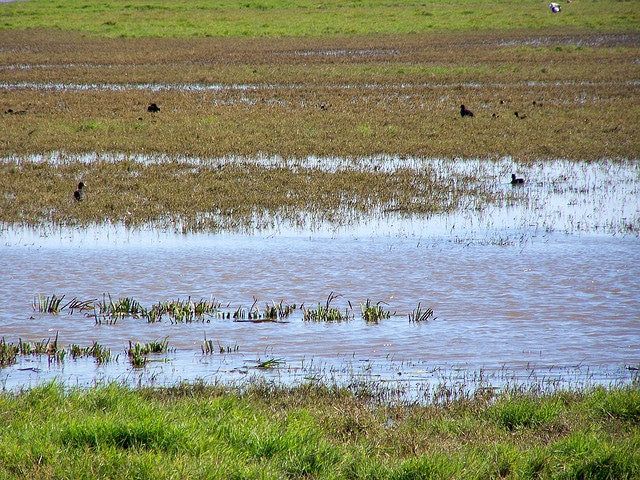
A mosaic of natures
In its more than 110,000 hectares Doñana offers an endless variety of ecosystems and landscapes. Here a dense forest of oaks leads to the infinite marsh. This marsh gets lost in the horizon, where a floating silhouette of yellow dunes separates it from the sea. There maybe a dark pine forest hides a road lost among the reeds leading to the burning sands of a small Sahara. Hidden somewhere, a green cloak of ferns is extended to the foot of the most intricate tangle of trunks and branches that could have ever covered the bed of a stream.

Endless white sand beaches, dunes pushed by the wind, dense forests of pine and cork trees and wetlands that are lost in the horizon make an attractive mosaic that offers to the visitors one of the last unspoiled lands of Spain.
A changing reality
In addition to its variety of ecosystems, the diversity of Doñana changes according to seasonal climate changes, which produce so incredible transformations that the natural reserve may seem unrecognizable if you visit it at different times of year. This is an annual cycle that affects the look of the ecosystems and the species that inhabit there. Extensive areas of natural marsh appear flooded or dry according to the cycles of rain and / or agricultural use. Thus, the natural marsh pantry’s a home for thousands birds in Winter and Spring, while in Summer and Autumn they go to places like the vast rice fields of the Northwest.
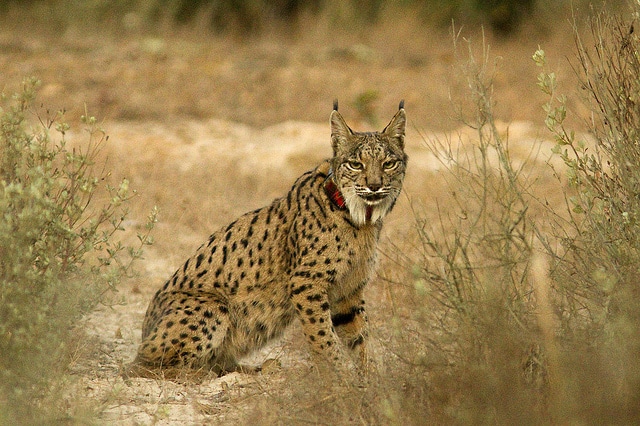
These flat lands of the mouth of the Guadalquivir aren’t only important for migratory birds in our latitudes but are also one of the last refuges for many species of birds and mammals as threatened as the Imperial Eagle or the Iberian Lynx.
Culture under the sun
These days, Doñana strives to impose its values against those who believe that economic development of the area needs massive tourism or agriculture without control. A natural world faces an artificial world. It’s in our hands to keep this jewel of nature in order to to be also enjoyed by future generations.
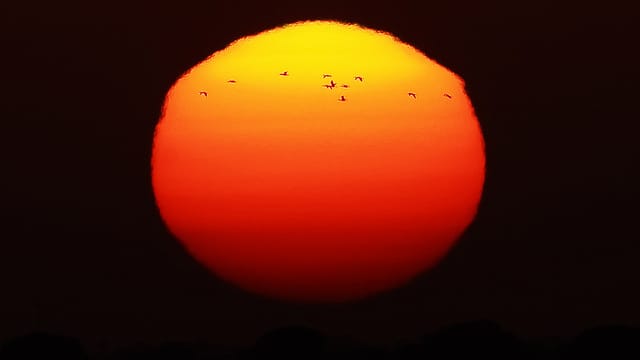
Photos: Tony Yeomans, sarfraz hayat, La magia de la luz and Miguel Michán.




